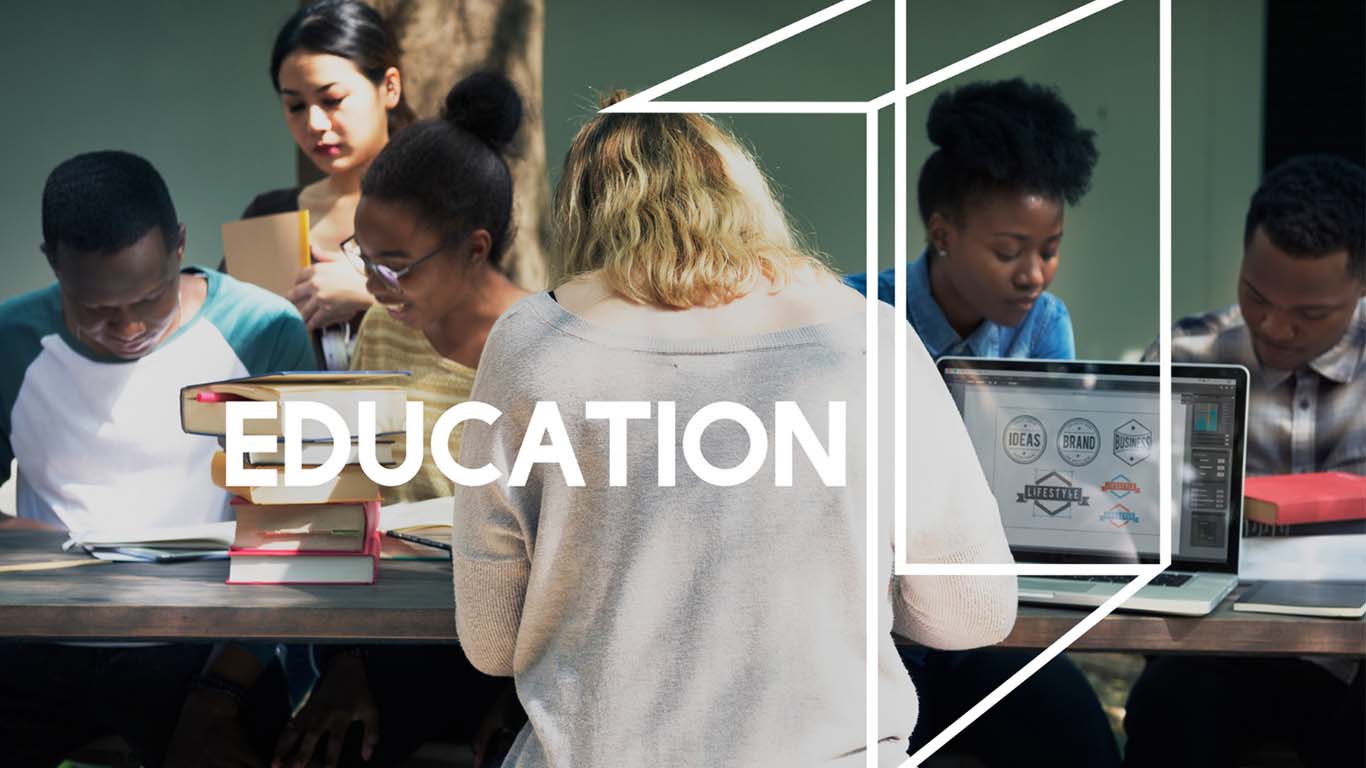Education is undergoing a profound transformation, driven by the integration of technology into every facet of teaching and learning. From digital classrooms and AI tutors to immersive virtual reality experiences, technology is not only changing how students learn but also redefining what education means in the 21st century. As schools, universities, and educators adapt to this digital revolution, they are creating more personalized, engaging, and accessible learning environments for the classrooms of tomorrow.
1. Personalized Learning Through AI and Data
One of the most significant advancements in education technology is the use of artificial intelligence (AI) and data analytics to support personalized learning. AI-powered platforms can assess a student’s progress in real time, identify gaps in understanding, and tailor content to meet individual learning needs. For example, platforms like Khan Academy, Duolingo, and Century Tech use adaptive learning algorithms to offer customized lessons, quizzes, and feedback.
This shift from one-size-fits-all instruction to individualized learning pathways enables students to progress at their own pace and receive targeted support. Teachers, in turn, can use data insights to better understand student performance and make informed decisions about instruction and intervention.
2. Virtual and Augmented Reality in the Classroom
Virtual reality (VR) and augmented reality (AR) are transforming traditional classrooms into immersive learning environments. These tools allow students to explore complex concepts and distant places without leaving their desks. Imagine a history class where students can walk through ancient Rome or a biology lesson where they can dissect a virtual frog.
Such experiences not only make learning more engaging but also help students grasp abstract or difficult concepts through visualization and interaction. VR and AR also support experiential learning, making education more dynamic and memorable.
3. Online and Blended Learning Models
The rise of online education has expanded access to quality learning opportunities across the globe. Learning management systems (LMS) like Google Classroom, Moodle, and Canvas enable teachers to deliver lessons, manage assignments, and communicate with students in both in-person and remote settings.
Blended learning—a mix of online and face-to-face instruction—is now a common model, offering flexibility and fostering independent learning skills. This hybrid approach proved especially valuable during the COVID-19 pandemic and continues to play a critical role in making education more adaptable to different needs and contexts.
4. Digital Equity and Accessibility
While technology offers tremendous benefits, it also highlights the digital divide—differences in access to devices, reliable internet, and digital literacy. Ensuring that all students benefit from digital transformation means addressing these inequalities head-on.
Governments, schools, and tech companies are investing in programs to provide devices, expand broadband access, and train educators. Tools like screen readers, speech-to-text applications, and adjustable font sizes also make digital learning more inclusive for students with disabilities.
5. Preparing Students for a Digital Future
The integration of technology in education is not just about how students learn but also about what they learn. Digital literacy, coding, critical thinking, and problem-solving are becoming essential components of modern curricula. Educators are focusing on equipping students with the skills they need to succeed in a tech-driven world, whether through STEM programs, robotics clubs, or project-based learning.
Conclusion
Technology is not replacing teachers—it is empowering them and enriching the educational experience. As we reimagine education for the future, technology will continue to play a central role in making learning more personalized, immersive, and inclusive. The classrooms of tomorrow will not be confined by walls but defined by innovation, connectivity, and the limitless potential to learn anytime, anywhere.


